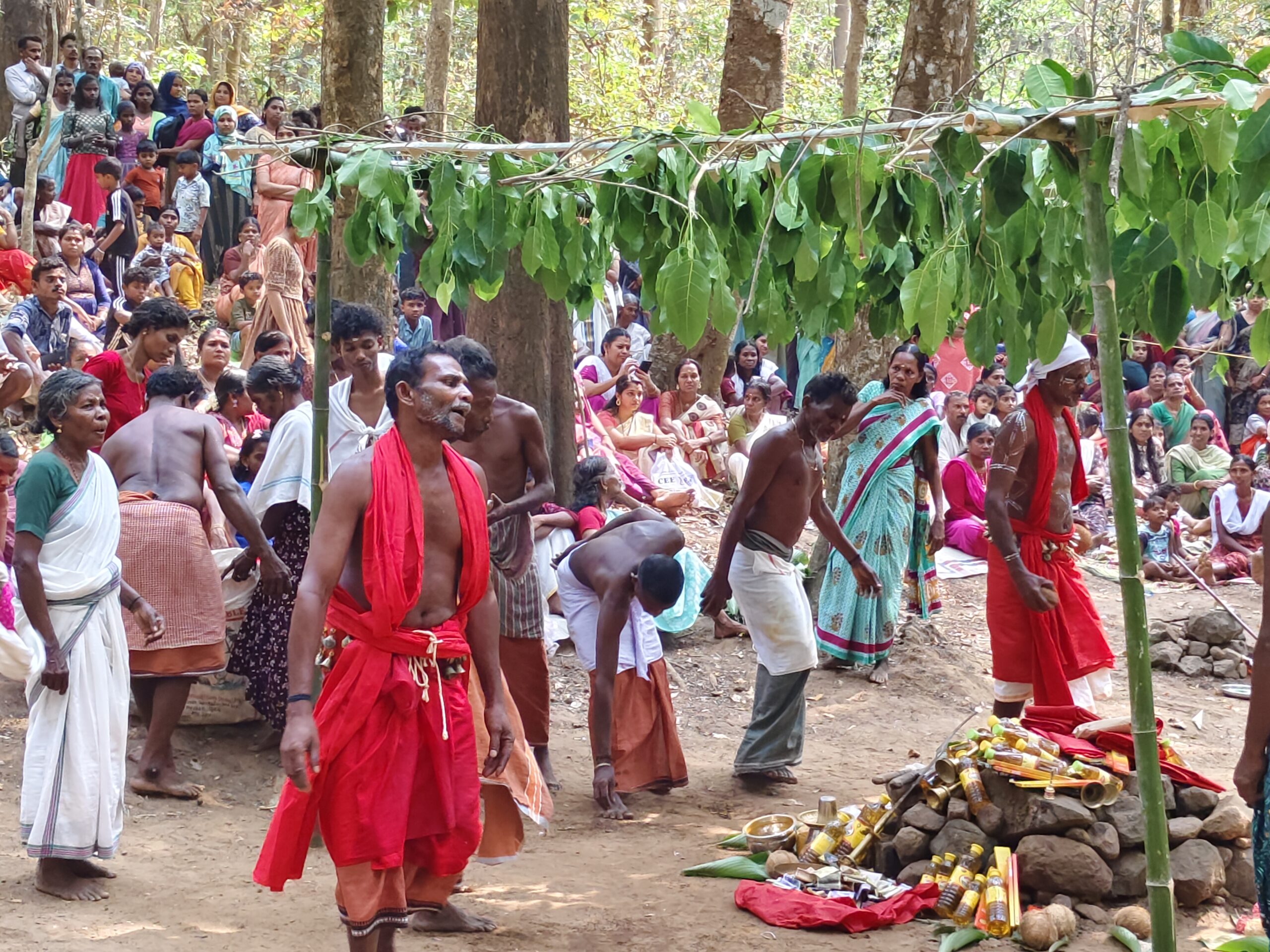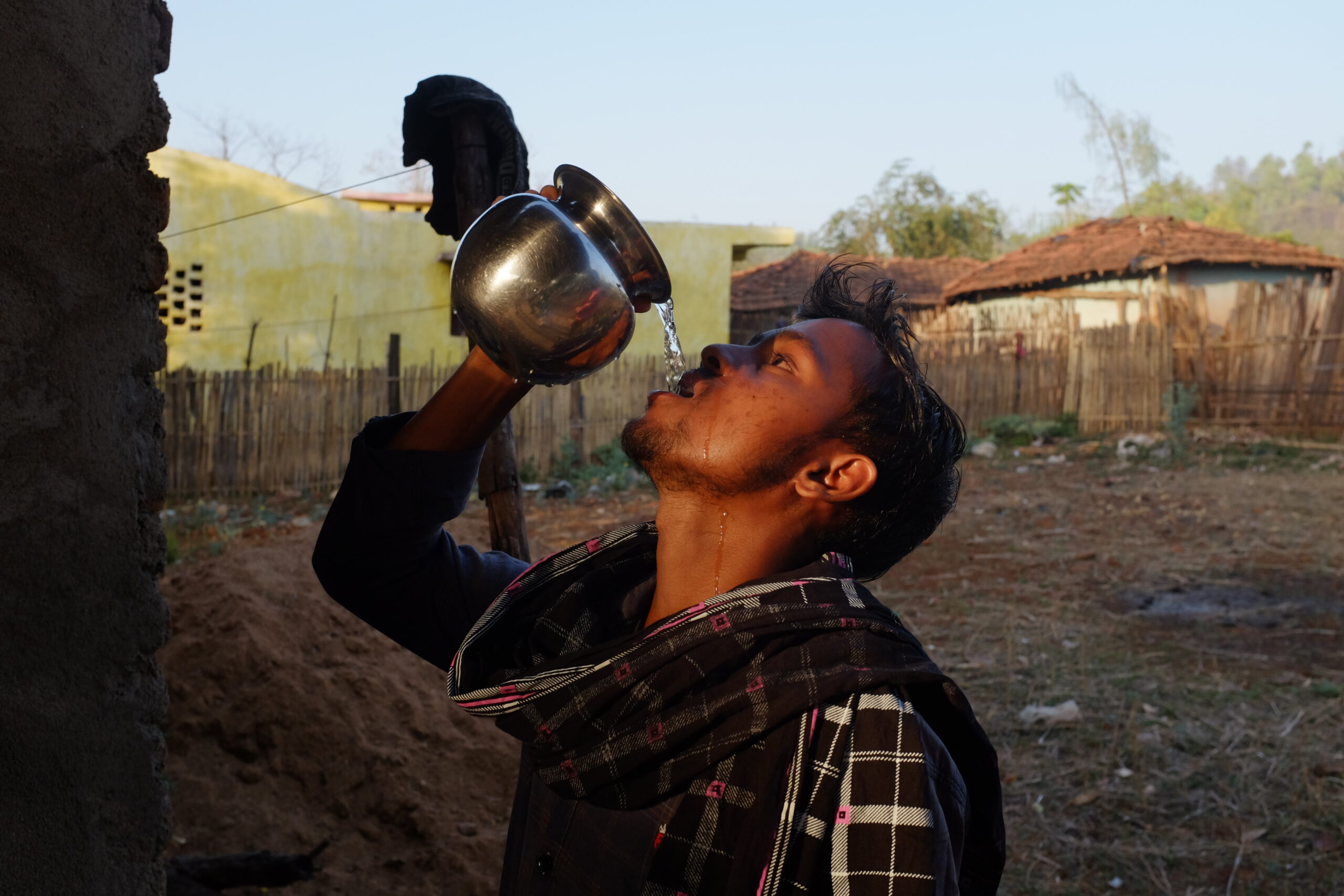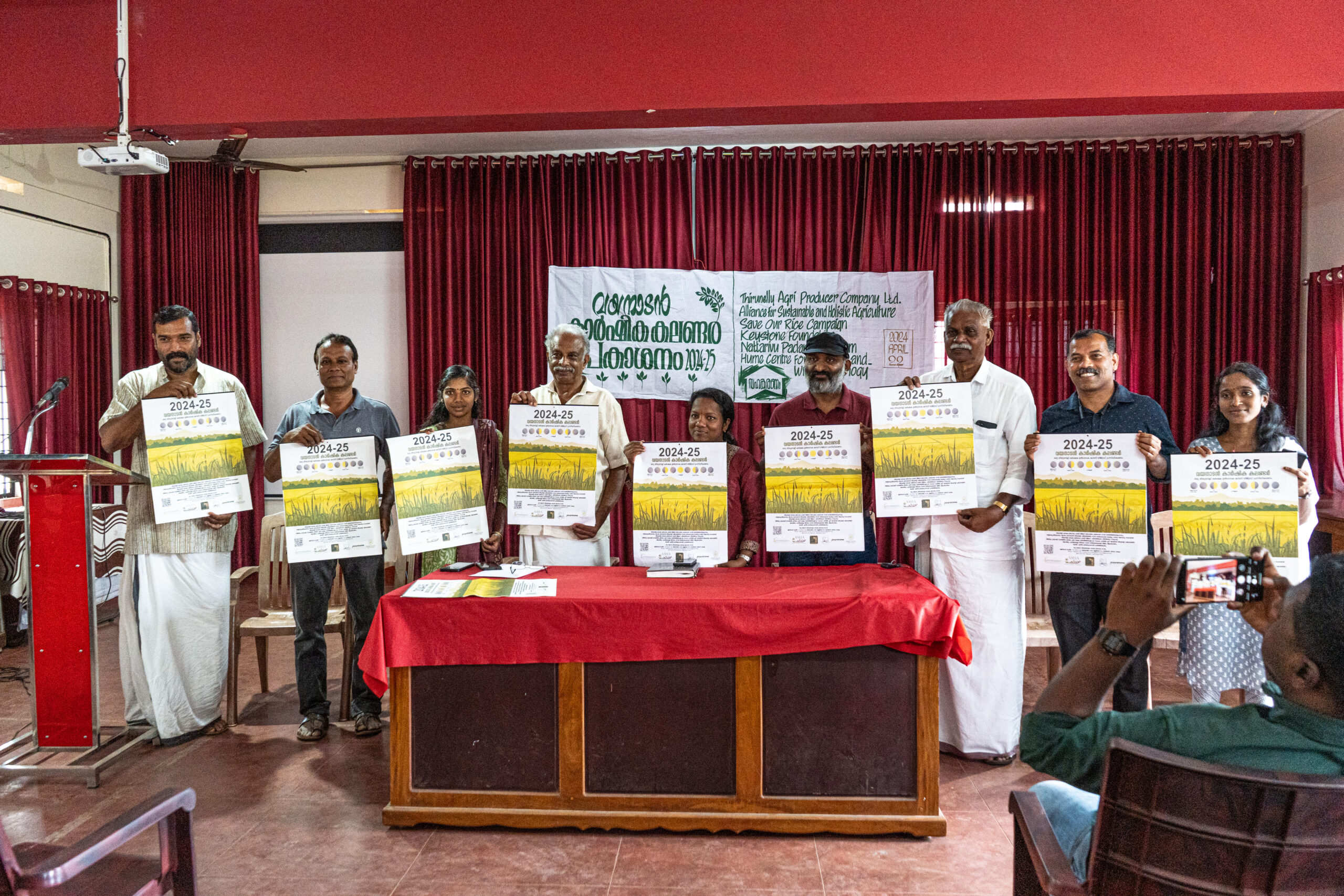March 3 & 4, 2023
An overview of the two-day celebration, by Vidya S., Project Associate, Climate Change
பல நாட்களாக நானும் Bhavya வும் பேசிக்கொண்டிருந்த அந்த நாள் நெருங்கியது. March 3&4ல் Media festival, நான் சேர்ந்ததும் வந்த ஒரு பெரிய நிகழ்ச்சி. மிகவும் ஆர்வமாய் கொஞ்சம் பதட்டமும் சேர்ந்து அந்த நிகழ்வினை நன்றாக முடிக்க வேண்டும் என்று நாங்கள் அந்த பெரிய நாளுக்கான வேலையை தொடங்கினோம். நிகழ்வுக்கான தேவை மற்றும் நிரல்கலை எங்கள் teamல் (Climate Change programme) தையர்செய்தோம், மற்ற teamகளும் எங்களுக்கு உதவ கை கொடுத்தனர், Biodiversity, Radio Kotagiri மற்றும் நாங்கள், எங்கள் team உடன் இனைந்து அந்த நாளில் என்னென்ன பண்ண வேண்டும், எப்பிடி பண்ண வேண்டும் என்று குழுவாய் பேசி ஒருஒருத்தரும் அவறுகளுக்கான பொறுப்பை எடுத்துக்கொண்டனர் .
Mandarae ஹாலில் சில பேர் வேலை பார்த்தார்கள், exhibition spaceஉம் ஒன்று இருந்தது குழுவாக எல்லாத்தியும் செய்து முடித்தோம். அந்த நாள் வந்தது, வெளியில் இருந்து Guest வந்து இருந்தார்கள். அவர்களுடன் Keystone team- சிலபேர், எங்களது educators (Kotagiri, Wayanad, Sigur), Earth Journalism Network (EJN) team எல்லாம் சேர்ந்து முதல் நாளை ஆரம்பித்தோம். Ramesh Bhushal (guest speaker) அவர்கள் EJN பற்றியும் Journalism பற்றியும் பேசி இருந்தார். Mari Marcel Thekaekara அவர்களும் தங்களது அனுபவத்துடன், உணர்ச்சிபூர்வமாக பேசினார் . எதார்த்தமான பேச்சுகளுடன் நன்றாக எடுத்துரைத்தனர் Guest speaker மற்றும் panel members Velayudham, Kavitha Muralidharan, Shiva Krishna, மற்றும் Goutham அவர்கள், இரவு உணவுடன் அந்த நாள் முடிந்தது .
மறுநாள் ஒரு சிறிய பேச்சுடன் தொடங்கியது ,Gopikrishna Warrier அவர்கள் Mongabay பற்றி பேசினார், journalist களையும் ஊக்குவித்தார். பின் இன்னும் ஒரு panel discussion இருந்தது, Arathi, Abishek, Sanvithi, மற்றும் Shaji (Journalism) பற்றி ஆழமான கருத்துகளை கொடுத்தனர். அன்று மதிய உணவுடன் முடிவுபெற்றது. என்னக்கு மிகவும் பிடித்தது Mari அவர்களின் பேச்சு, journalism பற்றி நானும் நிறைய விஷயம் தெரிந்துகொண்டேன்,. உபயோகமான ஒரு நிகழ்ச்சியில் எல்லோரோட அனுபவபூர்வமான பேச்சு என்னக்கு மிகவும் ஊக்கமாக இருந்தது. எப்பிடி ஒரு பெரிய நிகழ்ச்சி நடக்கவேணும். எவ்வாறாக அந்த நாளுக்காக நாம் தயார் செய்ய வேண்டும் என்பதை நான் கற்றுக்கொண்டேன் . எல்லோரோடும் சேர்ந்து இந்த நிகழ்ச்சியை முடித்ததில் என்னக்கு மிகவும் சந்தோஷம். “இதுவும் எனக்கொரு கற்றல் பயணம்” .
The media festival, as observed by Emelie Svensson, Swallows Fellow, Climate Change
This past weekend, the two-day event “Vaanam Media Festival” took place at Keystone’s premises in Kotagiri as the end of the year-long training in environmental journalism for aspiring indigenous and local journalists in the Nilgiri Biosphere Reserve.
At 10.00 AM on the March 3, the doors to Keystone’s conference hall were opened, and around 30 to 40 people got seated in the hall. Filled with excitement, I sat down on my chair in the audience. After a short introduction by programme coordinator Bhavya George and director Anita Varghese, day one of the festival began.
One of Friday’s guest speakers took the stage, the Tamil Nadu-based writer and journalist Mari Marcel Thekaekara. I was quickly impressed by Mari’s ability to capture the audience with her well-chosen words and listened intently as she explained how writers have a responsibility to protect the rights of vulnerable communities, how women who are murdered as a result of unpaid dowry should be mentioned by their names, and thus how much impact the individual story can have in changing the perception of a social problem. After an intensive lecture, all participants walked over to Keystone’s exhibition space Kolayi, where a photo exhibition that explored the impacts of climate change in the Nilgiris mountains welcome the audience, as well as a number of other activities for those willing to participate, including a quiz hosted by Radio Kotagiri.
On the afternoon schedule, a panel discussion on the status of environmental reporting in today’s mass media ensued, with Kavitha Muralidharan, Siva Krishna, Mukesh Mohankumar, Velayuthan, and Goutam sharing crucial thoughts, followed by a screening of the beautiful film “The Elephant Whisperers” set in Mudumalai Tiger Reserve, and the final activity for day one, the human library. An activity which entails perceiving volunteers as books with a title and a story. The activity proved to be very popular and even turned out to be one of my personal highlights from Friday’s many activities.
The following day began in a similar way with an introduction and general welcome by the programme coordinator, and once again, I settled into my chair, possibly even more expectant than the previous day. Then Saturday’s guest speaker and journalist Gopikrishna Warrier appeared on the big screen in front of us. At first, he talked about the effects of climate change in the Nilgiris but then directly addressed the trainees of the program in environmental journalism and began to tell them, in a very inspiring way, what a unique opportunity they have in terms of telling stories about climate change in the Nilgiris since the trainees themselves are from the area and therefore no one can tell the stories like them. I think back to how I felt during that talk and remember feeling hopeful, saddened by the fact that environmental journalism is necessary but hopeful for the potential impact these future journalists can have within the field.
The festival then proceeds and ends with the trainees talking about the lessons they took away from the programme, followed by a panel discussion consisting of the trainers for the programme. The trainees then received their certificates and that concludes the final day of Vaanam. As I walked out of Keystone’s conference hall, I felt grateful to have been able to participate in such an inspiring and educational event, despite the fact that the event was largely characterized by heartbreaking topics such as climate change, forest degradation, and human wildlife conflict. And as I walked home that Saturday afternoon in the Nilgiri mountains I felt full of knowledge, inspiration, and hope for the future.
What is a festival without games? Notes on the exhibition space, by Anna Norrby Andersson, Swallows Fellow, Climate Change
While the Vaanam Media Festival boasted some excellent speakers, the adjacent Kolayi Exhibition space created a visual and interactive understanding of Climate Change dialogues in the Nilgiris.
My humble contribution to the exhibition space was (with fellow intern Emelie) the creation of a picture scramble game on the theme climate change, and a word search on the topic of forest degradation. An additional game was provided from Vidya, challenging people’s knowledge of invasive species in the Nilgiris Biosphere Reserve. During tea-time visitors gathered around Radio Kotagiri’s corner of the exhibition space as they held a quick quiz. The energy in the space was cheerful as people interacted with the exhibition and it was a nice break before diving back into the interesting panels, documentary screening and audience discussions that the rest of the day had to offer.
The main attraction of the exhibition space, however, were the photos taken by Keystone’s own wildlife photographer Chandrasekar Das. Depicting nature in and around Kotagiri, they really captured the themes of the festival: human and wildlife conflict, forest degradation and climate change. Photos of a sloth bear sifting through a pile of trash, and a gaur that had fallen into a well struck me particularly hard. The latter was then contrasted with a photo of a well covered by a metal grid. Having it visually displayed in this manner really highlighted the importance of Keystone’s work in providing well covers.
The Media Festival marked the end of the Climate Stories project in which 15 young trainees from the Nilgiris Biosphere Reserve learnt about environmental reporting.

















